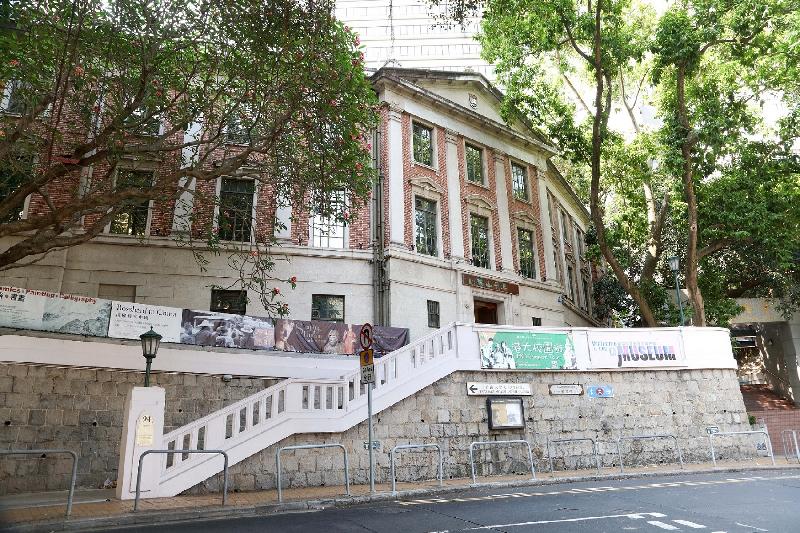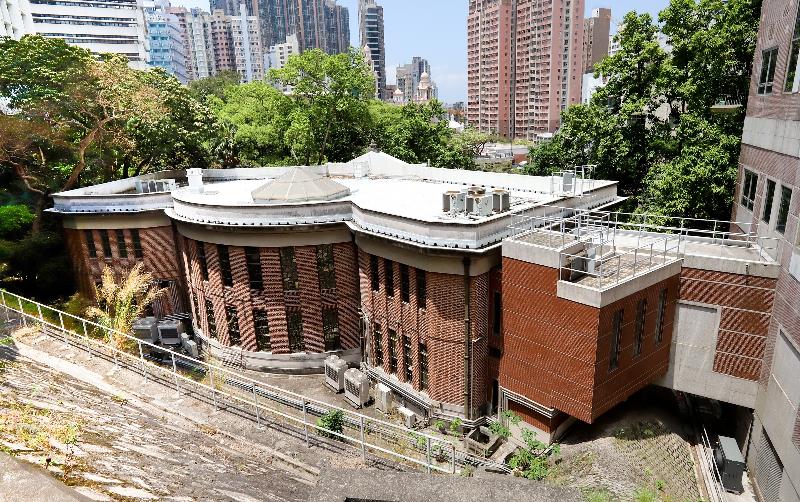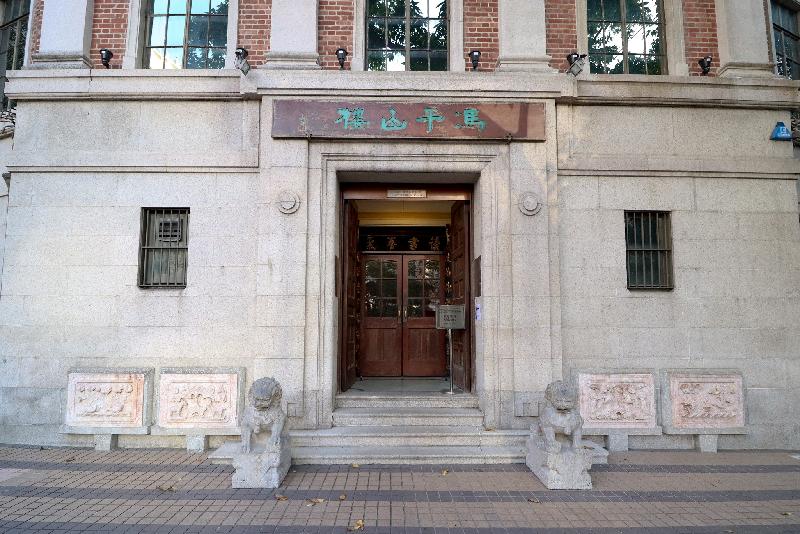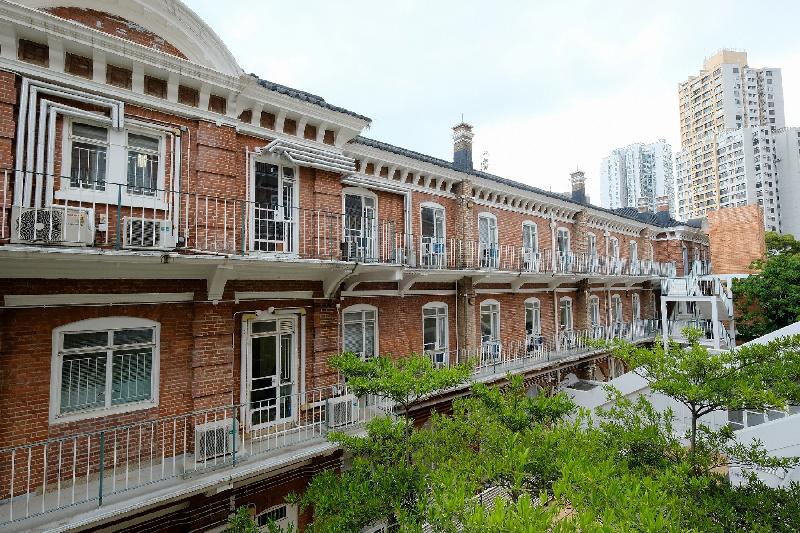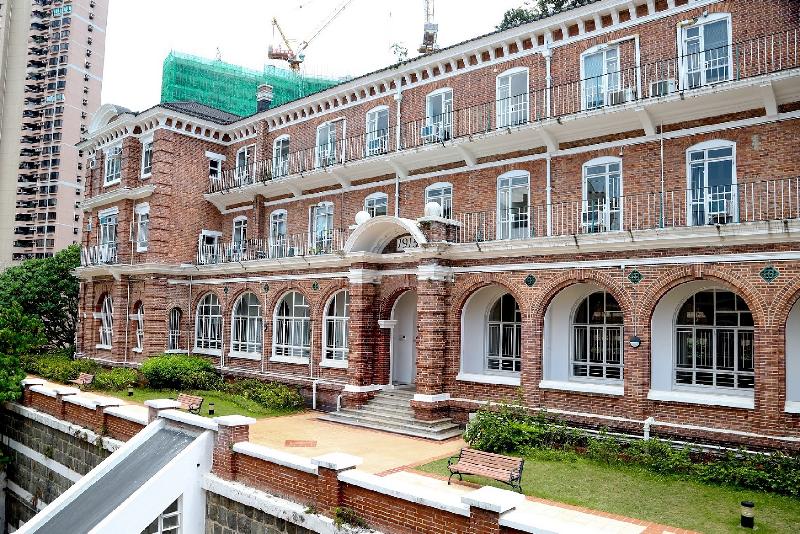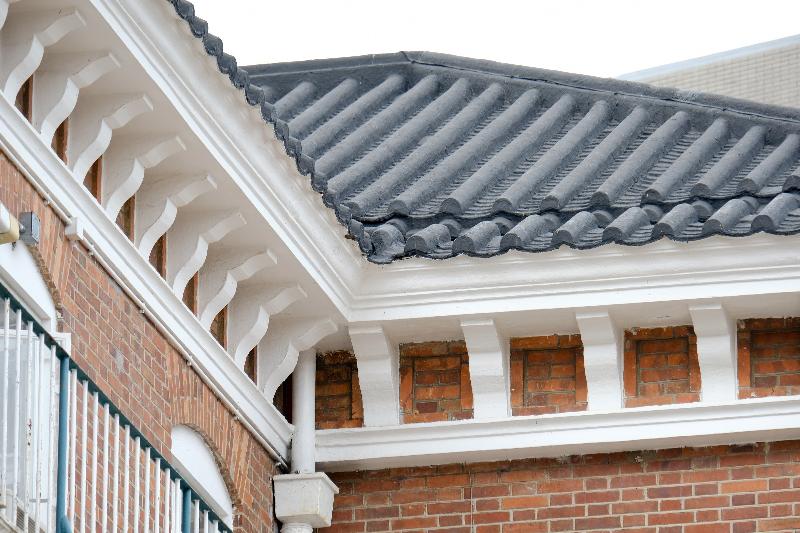Exteriors of three historic buildings at University of Hong Kong declared monuments (with photos)
******************************************************************************************
Fung Ping Shan Building, originally named Fung Ping Shan Library, was opened on December 14, 1932, as a library for Chinese books of the University thanks to the generous donation by the late Mr Fung Ping-shan. During World War II, the building was also used as a repository for books of private individuals, schools and government organisations. In 1953, the Museum of Chinese Art and Archaeology was established with exhibitions held in a room of the Fung Ping Shan Library. In 1962, the collection of the Fung Ping Shan Library was transferred to the newly constructed Main Library of the University, and the original library building was then converted into the Fung Ping Shan Museum. It was renamed the University Museum and Art Gallery in 1994, before its new wing in the TT Tsui Building opened to the public in 1996.
Designed by Leigh & Orange, Fung Ping Shan Building is a three-storey building with a red-brick facade, carved granite ornaments and a prominent glass dome on the roof and a symmetrical elevation. The overall design also reflects distinctive architectural features, including the fan-shaped floor plan and the rounded central section of the front. The facade is elegantly decorated with giant pilasters, window architraves, pediments and moulded cornices and parapets. Most of the old finely carved hardwood doors and windows with original brass fittings are still in place.
Eliot Hall was opened in 1914 as the second student residential hall under the direct management of the University. It was named after the first Vice-Chancellor of the University, Sir Charles Eliot. May Hall was opened in 1915 to become the third student residential hall under the direct management of the University. It was named after the second Chancellor of the University and the 15th Governor of Hong Kong, Sir Francis Henry May.
The design of Eliot Hall and May Hall was modelled from Lugard Hall, which was the first student residential hall under the direct management of the University, with students' rooms located on the first and second floors. The refectory, common rooms, servants' quarters and bathrooms were on the ground floor. During World War II, Eliot Hall became the relief hospital to provide additional support to Queen Mary Hospital while May Hall served as the main residence for staff and students. On New Year's Day of 1942, a congregation was held in May Hall and wartime degrees were granted to 14 medical students who took their final examinations at the time of the Japanese attack. Eliot Hall was turned into a gymnasium in 1956, and subsequently renovated as a student residential hall in 1963.
The landslide at the slope adjacent to Eliot Hall and May Hall in June 1966 caused by torrential rain led to an immediate evacuation of these two halls for extensive repairs and the demolition of the two wardens' quarters at the east end of Eliot Hall and May Hall. The University took this opportunity to combine Lugard Hall, Eliot Hall and May Hall into one large residential unit and renamed them as the Old Halls. The Old Halls opened in 1969 and consisted of three wings, namely Lugard Wing (originally Lugard Hall), Eliot Wing (originally Eliot Hall) and May Wing (originally May Hall). Since then, female students were accepted in the Old Halls and some of them were accommodated at the east wing on the first and second floors of May Wing. Eliot Wing and May Wing reverted to their old names, Eliot Hall and May Hall, when Lugard Wing was demolished in 1992.
Eliot Hall and May Hall were designed by Denison, Ram and Gibbs. These three-storey red-brick buildings have elegant facades featuring a rich variety of architectural elements, including curved pediments over the entrance doorways, rusticated columns, doric capitals, window cills, cornices and balustrades. Chinese-style ceramic grilles are found on the facade to contrast with the red brick wall. The pitched and double-tiled Chinese roofs are a local adaption.
Information on the three monuments is available on the heritage conservation website of the Development Bureau (www.heritage.gov.hk).
Ends/Friday, November 16, 2018
Issued at HKT 11:15
Issued at HKT 11:15
NNNN





